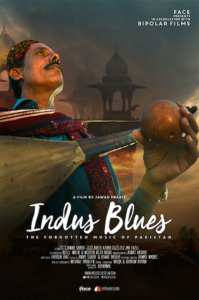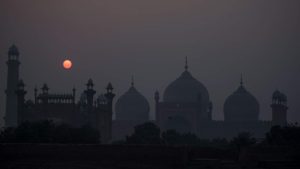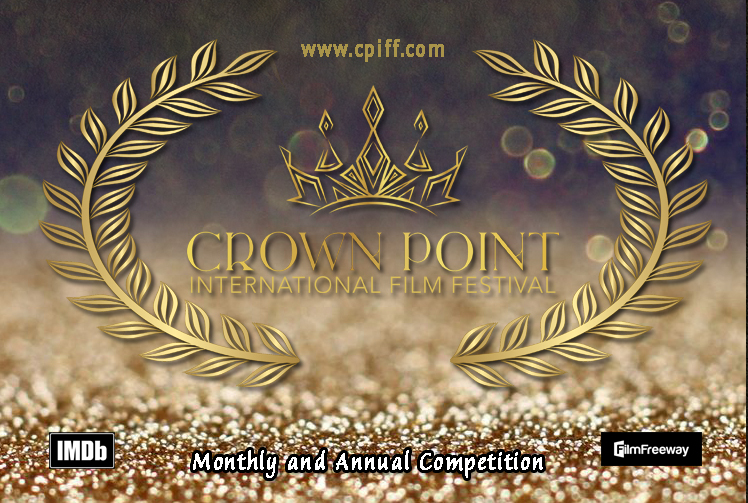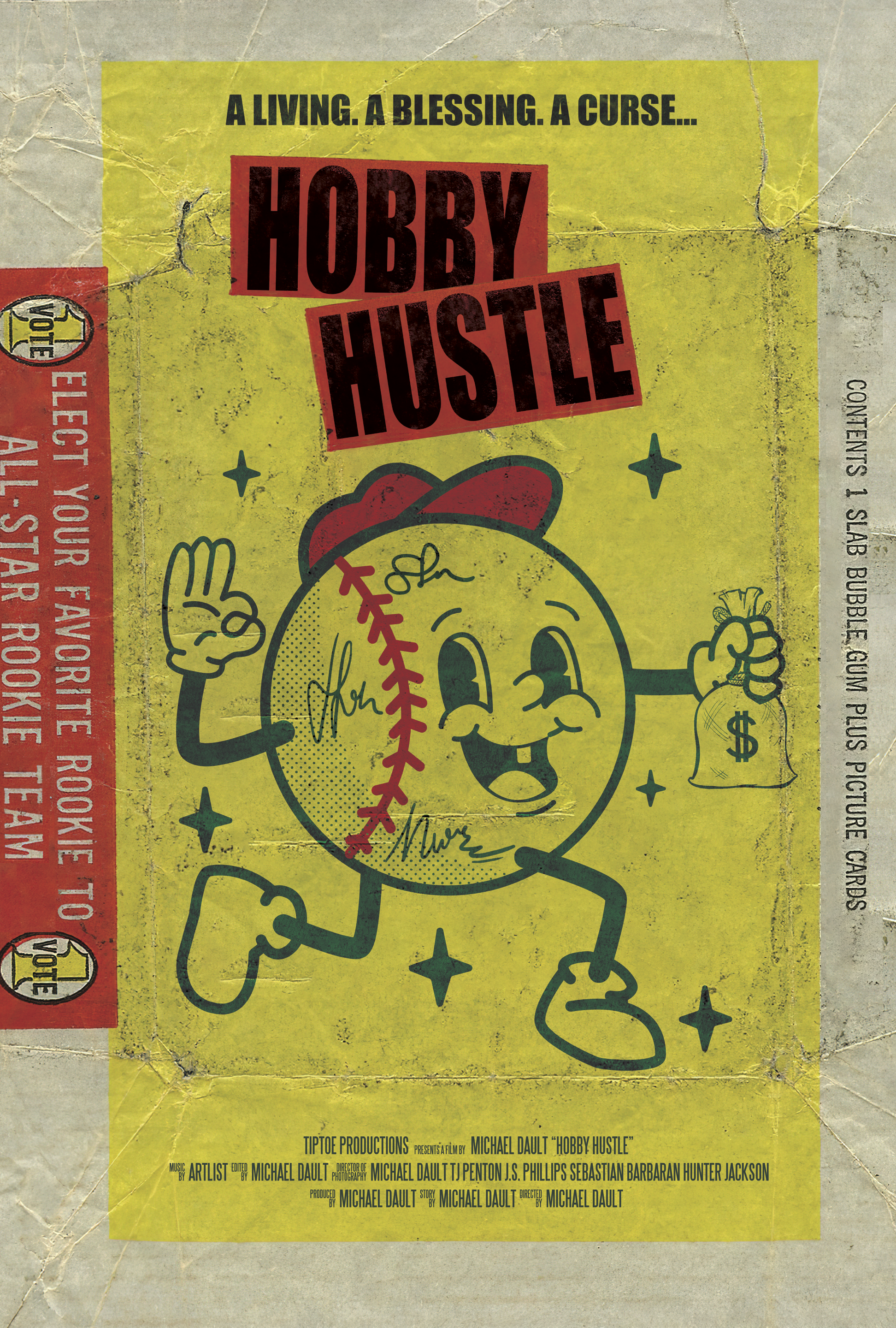
NYC SAFF 2019 Documentary Film Review “Indus Blues”
WATCH THE TRAILER HERE
First, the Recap:
The waning of tradition and the diminishing of cultural significance. Yes, it sounds extreme, but is it not the unfortunate summation of so much history we watch in this world that comes and goes, history steeped in the richness of legacy and artistry that is now finding its future in danger of becoming finite? With so much else preoccupying our attention and subverting, perhaps, our real need to be connected to something more attuned to our Creator’s intent, a musical, soul-touching aria that speaks to centuries of convention, ceremony, and custom. The Indus River stretches an expanse that totals almost two thousand miles, and within it’s length it embraces the indelible mark made by folk artists whose generations of craftsmen and players strive to maintain a quickly fading art form that is battling the choking grasp of modernism that threatens to make it disappear–forever.
Next, my Mind:
Representing the Pakistani Programming at the inaugural 2019 New York South Asian Film Festival sponsored by Toyota USA, this 76-minute documentary film from director/producer Jawad Sharif and writer Haroon Riaz transports the viewer to bygone ages and the harsh realities of current times as seen through the beautifully artistic eyes of some of Pakistan’s folk singers/players and instrument crafters who are the last of their kind–anywhere in the world. Spanning over one thousand miles of the Indus River’s path from northwest in the Karakoram Mountains to the wave-kissed coastlines of the south, the film carries us to regions that are home to over 70 languages and just as many cultural diversities that make up the deeply immersive soul of a country that has already been struggling under social and political strife, much less being in the midst of determining and defining its identity. These are the precise reasons why these musical virtuosos and those that build their instruments of choice are desperate to keep their heritage alive.
Through interviews with a multitude of artists who are keeping said musical inheritances intact, it is profoundly evident the impact their chosen art has on them personally and on the generations that have come before who passed down the techniques, crafting skills, and passion for folk music that these contemporary individuals are endeavoring to uphold. For some, it is about strict devotion to God and utilizing their music to glorify Him, while for others, it is familial obligation gladly taken on through learning the instrument as a player or maker that has been existing through countless eras past. Most, if not all, of the performances executed on the myriad of instruments shown throughout the film are not only acutely eloquent and stirring, but quite literally represent the only place in the world they can be heard at this time, which only puts more of the film’s intent and message into the viewer’s mind with effective resonance. The world of music changes, with old styles being shoved aside, and it reflects the pulse of a society that might actually need a total revival of these now-considered-antiquated forms to remind everyone about where they’ve come from and the magnificence of their history artistically.
It goes without saying that while pondering these truths about the uncertain future folk music has in Pakistan, mention must be made about the amazing showcasing of the tools that make this musical odyssey possible–the instruments themselves. No less than nine separate types are highlighted during the course of the film, and like the passionate souls that demonstrate their highly learned prowess on them, the extraordinary sounds each produces lends itself to moving the heart, mind, and soul in different ways, but all with the same degree of striking emotional influence. From the Alghoza that alone takes upwards of 15 days just to tune it, to the Murli Been, the Pakistani version of the Pungi snake charming woodwind, as well as the Balochi Banjo, Chardha, Suroz, Sarangi, Raanti, Sarinda, and Boreendo, all have their time in the spotlight, each emblematic of their specific region of the Indus and the musical chronicle they represent for those remaining musicians that can call themselves masters. Quick information on each of these items listed can be located here.
As the documentary moves forward, one other facet struck me during several of the interviews, which was the fact of hearing so many of these keenly talented artists speaking candidly about the eventual passing of their musical form into antiquity. As mentioned above, it’s one thing when something so ensconced in a country’s foundations is spoken of in a manner that indicates what COULD happen, but here there were several instances where definitive statements provide an absolute, an almost unshakable fact, that they recognize their time has come, that they’ve even encountered some who harbor literal hate for the folk music in question, and it seems to signal such a growing state of lost societal integrity. Yet, these last minstrels of time-honored tradition and musical nobility stay the course in hopes of preserving so much that has been a core of culture. In total, “Indus Blues” is a deeply moving tribute to that which speaks to our very being, and we can only pray that the reverberations of these artist’s call to sustain a country’s legacy and bring newfound awareness to the importance of stopping these sonorous wonders from disappearing will occur before the final notes waft into eternity and are gone evermore.
As always, this is all for your consideration and comment. Until next time, thank you for reading!





